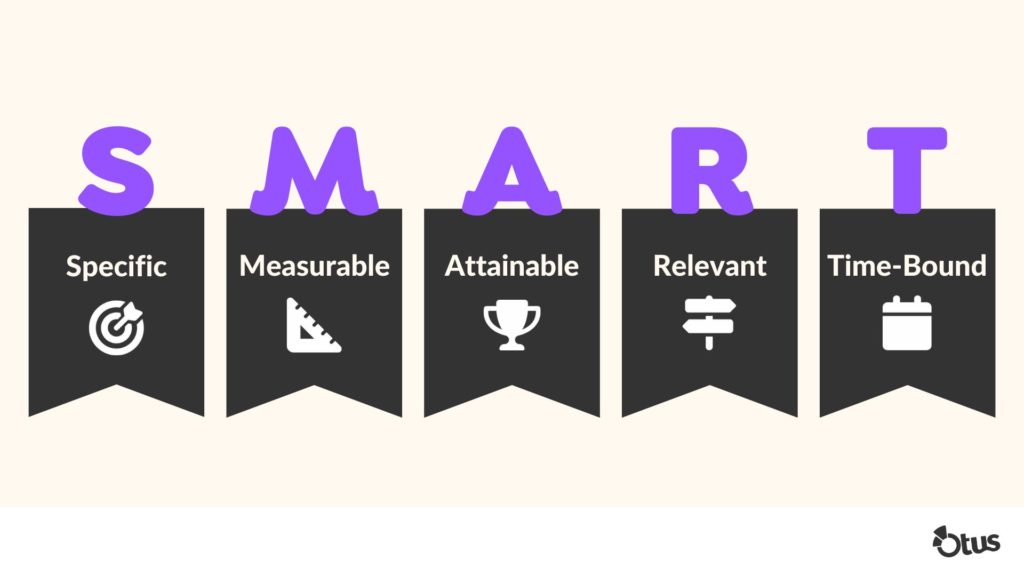Author: David Specht
Title: Senior EdTech Copywriter
Organization: Otus
Email: [email protected]
Through data-driven instruction (DDI), teachers regularly gather and analyze data from both formative and summative assessments to glean insights into how well their students are understanding and mastering the material. That teacher then uses the insights that the data provides to adjust instructional methods and materials and, therefore, better provide for students’ instructional needs. Take a look at the 5 elements of data-driven instruction:
1. Reliable baseline data
First, data-driven instruction (DDI) must have reliable baseline data. Teachers and administrators must understand where students are starting from before they can assess how students have grown. It’s essential that the type of data measured remains consistent over the monitored developmental period and that the same types of data are regularly analyzed. Data points should be easily measured. Findings will be inconsistent if teachers and administrators do not have a reliable baseline to measure the trajectory of their future data findings.
2. SMART goal setting
The second element of DDI is a SMART goal based on the data discovered. Once a teacher has uncovered a domain that needs better explanation or a student who needs more practice to achieve mastery, the teacher will create a SMART goal (Specific, Measurable, Attainable, Relevant, and can be achieved in a reasonable amount of Time) around the pain point to increase comprehension and achievement for the student or class.
3. Consistent progress monitoring
After implementing the SMART goal, the teacher will then continuously use the same types of formative, summative, and reflective assessments to measure whether or not the goal has had a positive, negative, or neutral effect.
4. Professional Learning Communities
As part of this analytical process, the teacher will lean into the fourth element of data-driven instruction: professional learning communities. For example, if the data reveals a struggling middle school student, all of the teachers who have that student in their classrooms will regularly meet to discuss the intervention and SMART goals they are using to help that student improve and then provide each other with feedback.
Download the Otus PLC toolkit to help you get started with your own professional learning community.
5. Targeted interventions
The fifth DDI element is interwoven throughout the third and fourth elements: targeted interventions. As teachers implement formative and summative assessments and process their findings with PLCs, they create targeted interventions based on how successfully or unsuccessfully their SMART goals are performing. All of their choices are driven by the data from the strategic assessment they’ve chosen to help measure the progress.
Looking for a tool to help make your student data more meaningful? Watch this brief video to see how Otus supports data-driven instruction.

